Казань
( Kazan )
Kazan ( kə-ZAN, -ZAHN; Russian: Казань, IPA: [kɐˈzanʲ]; Tatar: Казан, IPA: [qɑzan]) is the largest city and capital of Tatarstan, Russia. The city lies at the confluence of the Volga and the Kazanka Rivers, covering an area of 425.3 square kilometres (164.2 square miles), with a population of over 1.3 million residents, and up to nearly 2 million residents in the greater metropolitan area. Kazan is the fifth-largest city in Russia, being the most populous city on the Volga, as well as within the Volga Federal District.
Historically, Kazan was the capital of the Khanate of Kazan, and was conquered by Ivan the Terrible in the 16th century, at which point the city became a part of the Tsardom of Russia...Read more
Kazan ( kə-ZAN, -ZAHN; Russian: Казань, IPA: [kɐˈzanʲ]; Tatar: Казан, IPA: [qɑzan]) is the largest city and capital of Tatarstan, Russia. The city lies at the confluence of the Volga and the Kazanka Rivers, covering an area of 425.3 square kilometres (164.2 square miles), with a population of over 1.3 million residents, and up to nearly 2 million residents in the greater metropolitan area. Kazan is the fifth-largest city in Russia, being the most populous city on the Volga, as well as within the Volga Federal District.
Historically, Kazan was the capital of the Khanate of Kazan, and was conquered by Ivan the Terrible in the 16th century, at which point the city became a part of the Tsardom of Russia. The city was seized (and largely destroyed) during Pugachev's Rebellion (1773–1775), but was later rebuilt during the reign of Catherine the Great. In the following centuries, Kazan grew to become a major industrial, cultural and religious centre of Russia. In 1920, after the Russian SFSR became a part of the Soviet Union, Kazan became the capital of the Tatar Autonomous Soviet Socialist Republic (Tatar ASSR). Following the dissolution of the Soviet Union, Kazan remained the capital of the Republic of Tatarstan.
Kazan is renowned for its vibrant mix of Tatar and Russian cultures. In 2023, 4 million tourists visited Kazan, and Kazan Kremlin, a World Heritage Site recorded more than 4.5 million visits.[1][2] In April 2009, the Russian Patent Office granted Kazan the right to refer to itself as the "Third Capital of Russia". In 2009, Kazan was chosen as the "sports capital of Russia". Kazan hosted the 2013 Summer Universiade, and was one of the host cities of the 2018 FIFA World Cup.
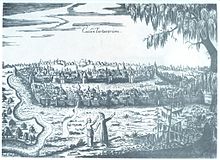 A view of Kazan by Adam Olearius, 1630
A view of Kazan by Adam Olearius, 1630 A view of the city c. 1767
A view of the city c. 1767According to the official version adopted today, the city was founded more than 1,000 years ago. The estimated date of the urban settlement on the site of Kazan is 1004–1005 AD. The reason for this dating was found during excavations in the Kazan Kremlin – a Czech coin, dated by the Board of St. Wenceslaus (presumably, coinage 929–930 years) and the earliest Czech coin, the remains of masonry and wooden city fence, handicrafts and utensils (Hungarian type lining, women's beads, etc.), as well as other artifacts with less obvious dating. According to official statements, experts from 20 cities of Russia and 22 countries of the world were involved in the study of findings related to the age of Kazan.[1][2]
Kazan was a border post between Volga Bulgaria and two Finno-Ugric peoples—the Mari and Udmurt. Another question is where the citadel was built originally. Archaeological explorations have produced evidence of urban settlement in three parts of the modern city: in the Kremlin; in Bişbalta at the site of the modern Zilantaw monastery; and near the Kaban lake. The oldest of these seems to be the Kremlin.[citation needed]
After the Mongols ravaged the Bolğar and Bilär territories in the 13th century, the surviving Bulgars recovered in numbers and a small number of Kipchaks were assimilated from which they adopted their language (the so-called Bulgarism), or Kipchaks and Bulgars mixed to create a modern Kazan-Tatar population. Some Tatars also went to Lithuania, brought by Vytautas the great. Kazan became the center of the Principality, which was dependent on The Golden Horde. In the 13th and 14th centuries, Kazan was growing, becoming an important trade and political center within The Golden Horde. The growth of the city was also promoted by the successful geographical location at the intersection of major trade routes connecting East and West. During the same period, the minting of currency began with the indication of the place of minting—"Bulgar al-Jadid", that is, a New Bulgar.[3]
In 1438, the Bulgar fortress Kazan (ISKE-Kazan) was captured by the ousted Golden Horde Khan Ulugh Muhammad, who killed the local Prince Swan and moved the fortress to a modern place (according to Russian Chronicles). The city became the capital of the Khanate of Kazan. The city Bazaar, Taş Ayaq (stone foot) has become the most important shopping center in the region, especially for furniture. Handicraft production also flourished, as the city gained a reputation for its leather and gold products, as well as the wealth of its palaces and mosques. Kazan had trade relations with Moscow, Crimea, Turkey, and other regions.[citation needed]
Russian Tsardom period Annunciation Cathedral of Kazan Kremlin, 1561–1562
Annunciation Cathedral of Kazan Kremlin, 1561–1562As a result of the siege of Kazan in 1552, Tsar Ivan the Terrible conquered the city.[4] During the subsequent governorship of Alexander Gorbatyi-Shuisky, most of the Kazan's Tatar residents were forcibly Christianized or deported,[5] the Kerashen Tatars[4] Mosques and palaces were ruined.[4] The surviving Tatar population was moved to a place 50 kilometers (31 mi) away from the city and this place was forcibly settled by Russian farmers and soldiers. Tatars in the Russian service were settled in the Tatar Bistäse settlement near the city's wall. Later Tatar merchants and handicraft masters also settled there. During this period, Kazan was largely destroyed as a result of several great fires. After one of them in 1579, the icon Our Lady of Kazan was discovered in the city.[citation needed]
In the early 17th century, at the beginning of the Time of Troubles in Russia, the Tsardom of Kazan declared independence under the leadership of voyvoda Nikanor Shulgin with the help of the Russian population, but this independence was suppressed by Kuzma Minin in 1612.[citation needed]
Russian Empire period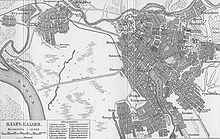 Kazan city map from the 19th century, Russian edition
Kazan city map from the 19th century, Russian editionIn 1708, the Tsardom of Kazan was abolished, and Kazan became the seat of Kazan Governorate. After Peter the Great's visit, the city became a center of shipbuilding for the Caspian fleet. The major Russian poet Gavrila Derzhavin was born in Kazan in 1743, the son of a poor country squire of Tatar ancestry though himself having a thoroughly Russian identity.
Before the building of modern dams, low-lying areas were regularly flooded in April and May. Kazan suffered major fires in 1595, 1672, 1694, 1742, 1749, 1757, 1774, 1815, and 1842.
Kazan was largely destroyed in 1774 as a result of the Pugachev revolt (1774–1776), an uprising by border troops and peasants led by the Don Cossack ataman (Captain) Yemelyan Pugachev, but the city, formerly largely of timber construction, was soon afterwards rebuilt, using stone and according to a grid pattern plan, during the reign of Catherine the Great. Catherine also decreed that mosques could again be built in Kazan, the first being Marjani Mosque.
At the beginning of the 19th century Kazan State University and printing press were founded by Alexander I. It became an important center for Oriental Studies in Russia. The Qur'an was first printed in Kazan in 1801. Kazan became an industrial center and peasants migrated there to join its industrial workforce. In 1875, a horse tramway appeared; 1899 saw the installation of a tramway. After the Russian Revolution of 1905, Tatars were allowed to revive Kazan as a Tatar cultural center. The first Tatar theater and the first Tatar newspaper appeared.
Soviet periodIn 1917, Kazan became one of the revolution centers. In 1918, Kazan was the capital of the Idel-Ural State, which was suppressed by the Bolshevist government. In the Kazan Operation of August 1918, it was briefly occupied by Czechoslovak Legions. In 1920, Kazan became the center of Tatar Autonomous Soviet Socialist Republic. After the Treaty of Rapallo (1922) until 1933, the German and the Russian army operated together the Kama tank school in Kazan.
During World War II, many industrial plants and factories to the west were relocated in Kazan, making the city a center of the military industry, producing tanks and planes. After the war Kazan consolidated as an industrial and scientific center. In 1979, the city's population reached one million.
Modern period Dmitry Medvedev visits Kazan.
Dmitry Medvedev visits Kazan. Bauman street
Bauman streetIn the late 1980s and in the 1990s, after the dissolution of the Soviet Union, Kazan again became the center of Tatar culture and identity, and separatist tendencies intensified. With the return of capitalism, Kazan became one of the most important centers of the Russian Federation. The city went from 10th to 8th position in population ranking of Russian cities. In the early 2000s, the city earned the right to host both the 2013 Summer Universiade and 2018 FIFA World Cup.
Millennium of Kazan
 Millennium Bridge
Millennium BridgeSince 2000, the city has been undergoing a total renovation. The historical center including the Kremlin was rebuilt, however a large number of the city's historical districts were completely demolished in the renovation. Kazan celebrated its millennium in 2005, after a city-organized historical commission settled on 1005 as the official year of the city's founding.[6] During the millennium celebrations, one of the largest mosque in Russia, Qolsharif, was dedicated in the Kazan Kremlin, the holiest copy of Our Lady of Kazan was returned to the city, the Millennium Bridge was inaugurated that year,[7] and the Kazan Metro began operation. The government of the Russian Federation released the Medal "In Commemoration of the 1000th Anniversary of Kazan".
In 2010, for the preparations to the 2013 Universiade, Kazan began even more renovation by modernizing its airport, fixing the streets, enhancing public transport, and adopting Russian, English, and Tatar languages in all transportation, large stores, and shopping centers.[citation needed]
In 2021, a teenager killed nine people in a school mass shooting.[8]
Google translation: M.G. Khudyakov. "Essays on the history of KAZAN HOSPITAL". ^ Volga Tatars: A Profile in National Resilience. Hoover Press. 2017. ISBN 978-0817983932. ^ Шаймиев, Минтимер Шарипович; Исхаков, Камиль; Хәсәнов, Мансур Х (10 September 1999). Выступления Президента РТ М. Шаймиева, мэра г.Казани К.Исхакова и президента АН РТ, академика М.Хасанова на торжественном собрании по случаю установления даты основания г.Казани. Гасырлар авазы/Эхо веков (in Russian) (3/4). Archived from the original on 2 October 2011. Retrieved 17 July 2011. ^ Steven Eke (26 August 2005). "Putin joins Tatarstan festivities". BBC. Retrieved 10 February 2023. ^ "Nine Killed In Tatarstan School Shooting; Putin Calls For Weapons Clampdown". Radio Free Europe/Radio Liberty. 11 May 2021. Retrieved 6 August 2023.


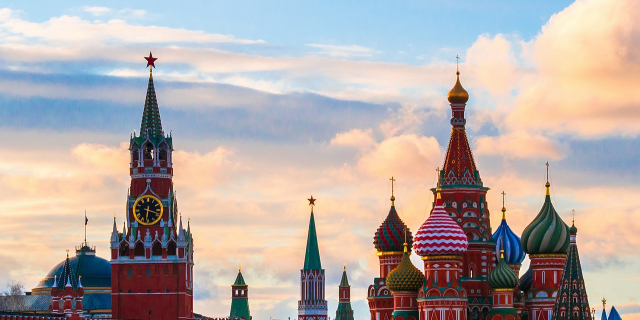












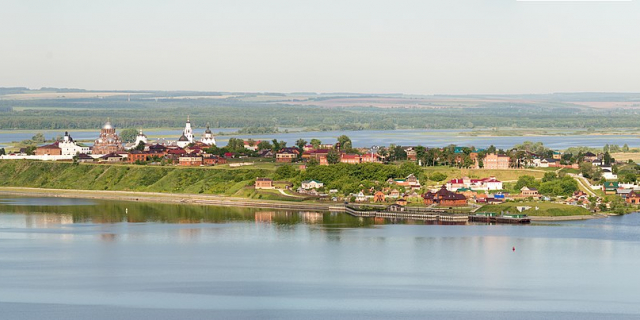



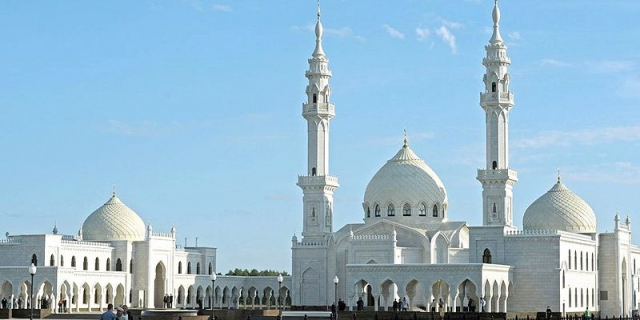


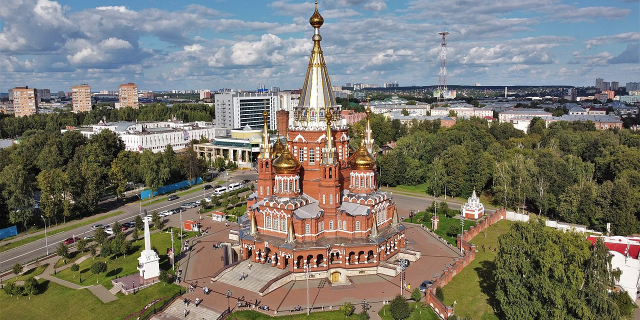
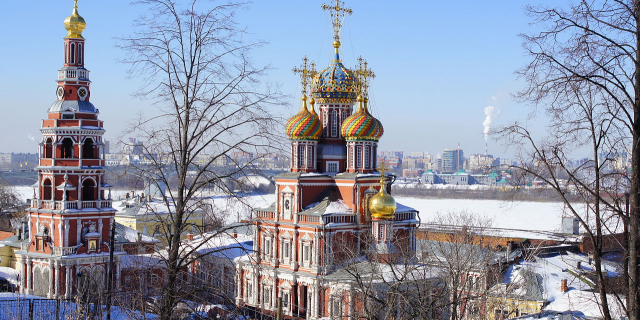
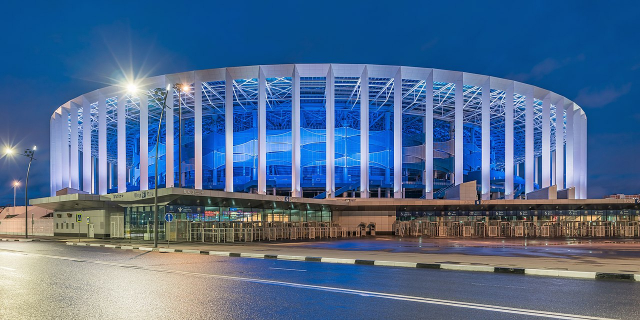

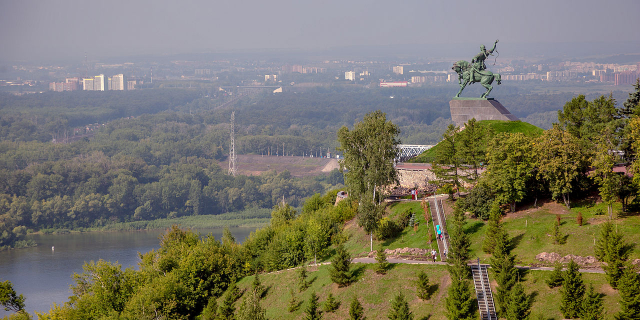

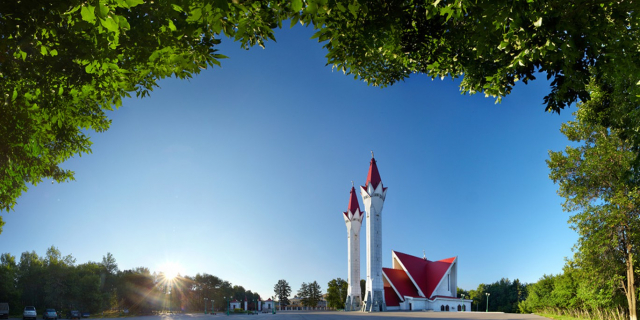


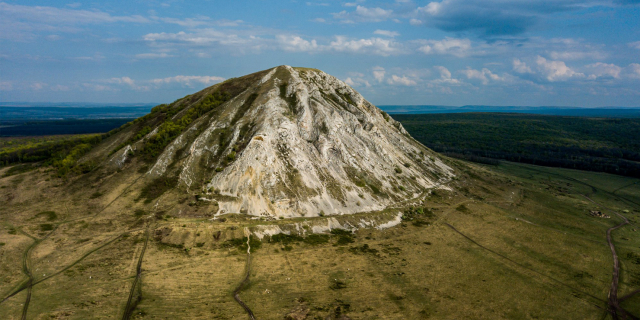

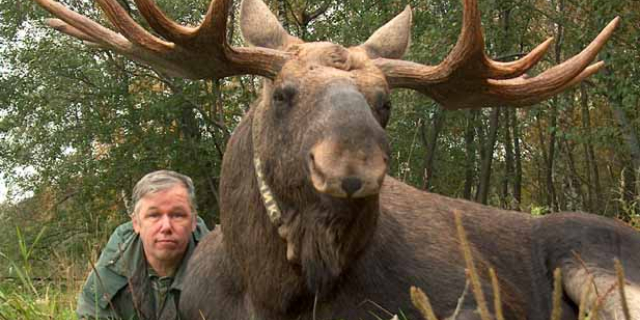
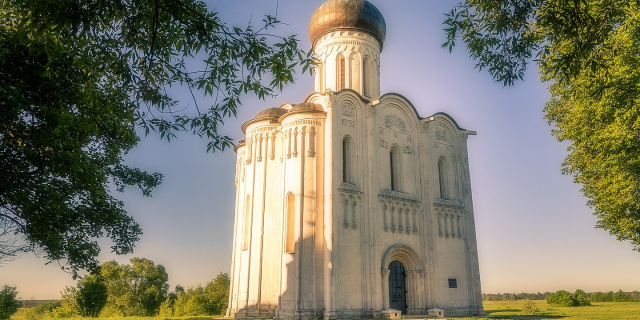
Add new comment